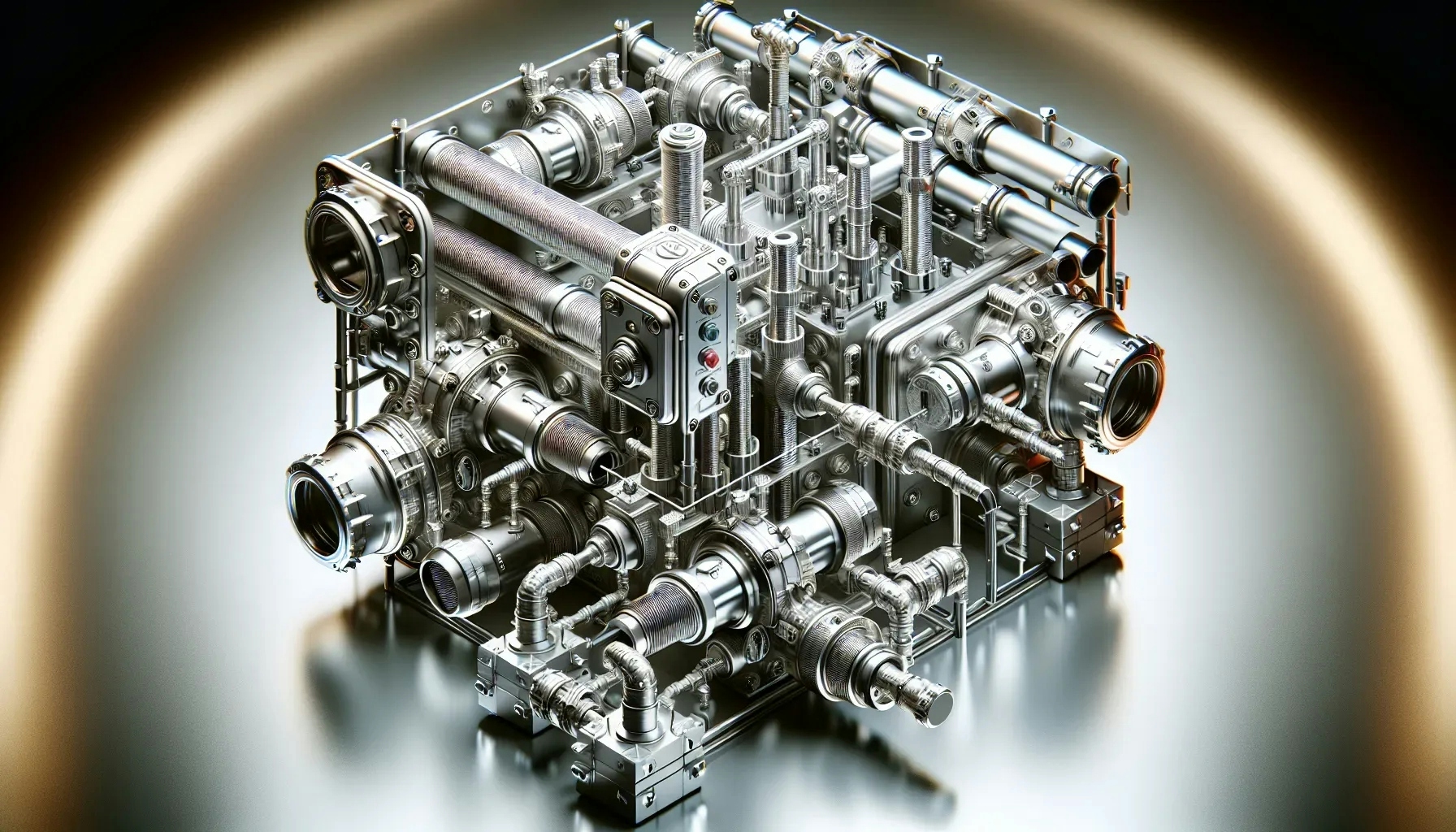How Have Traditional Plumbing Methods Been Adapted to Modern Systems?
In the ever-evolving world of plumbing, a Master Plumber opens the discussion with how they've adapted by integrating smart water technology. Alongside this expert perspective, we've gathered five additional answers that highlight innovative adaptations to traditional plumbing methods. From the implementation of touchless hygienic fixtures to the adoption of predictive maintenance systems, these insights reflect a shift towards modernity in the plumbing industry.
- Integrate Smart Water Technology
- Incorporate Eco-Friendly Solutions
- Utilize Digital Diagnostic Tools
- Choose Durable Plumbing Materials
- Install Touchless Hygienic Fixtures
- Embrace Predictive Maintenance Systems
Integrate Smart Water Technology
As a Master Plumber, I've adapted traditional plumbing methods to modern systems by integrating smart technology. This includes installing Wi-Fi-enabled smart water sensors and automated shut-off valves. These devices allow for real-time monitoring of leaks and water usage, which can be controlled remotely via smartphone apps.
Traditional plumbing lacks these real-time monitoring capabilities. Smart sensors placed in critical areas, like under sinks and near water heaters, alert homeowners to leaks immediately, helping prevent extensive water damage and reduce water bills. Automated shut-off valves add an extra layer of protection by instantly stopping water flow in case of a leak, even when no one is home. This modern approach enhances safety, efficiency, and convenience in plumbing systems.

Incorporate Eco-Friendly Solutions
Traditional plumbing methods have evolved to incorporate eco-friendly solutions, which use less water and reduce waste. This transformation reflects a growing environmental consciousness and includes the installation of low-flow toilets and showerheads. These technologies are designed to use minimal water while maintaining functionality.
This shift has been crucial in areas facing water scarcity and for consumers aiming to lower their environmental footprint. To contribute to a greener planet, consider upgrading your plumbing fixtures to these water-saving options.
Utilize Digital Diagnostic Tools
The integration of digital tools into plumbing has revolutionized the industry. Modern systems now often include diagnostic equipment that can detect issues before they become major problems. This integration allows for remote monitoring and control, offering convenience and efficiency.
As a result, plumbers can provide more accurate and quicker services. To ensure your plumbing system is up-to-date, think about implementing these digital solutions for ease of maintenance and peace of mind.
Choose Durable Plumbing Materials
Materials used in plumbing have undergone significant advancements to enhance durability and resistance to wear. Today's plumbing systems are often constructed with materials that do not corrode easily, such as copper, PEX, and PVC. These advancements ensure that plumbing systems last longer and are less prone to leaks or contamination.
The use of these materials reflects a commitment to building lasting infrastructure. When considering plumbing repairs or installations, choose materials that offer durability and long-term reliability.
Install Touchless Hygienic Fixtures
In the face of increasing demand for hygienic solutions, touchless faucets and fixtures have gained popularity. These modern adaptations are designed to limit the spread of germs and bacteria. They are particularly prevalent in public restrooms and healthcare settings but are increasing in homes as well.
This technology also conserves water by preventing it from being left running unnecessarily. For a healthier living environment, think about installing touchless fixtures in your home or business.
Embrace Predictive Maintenance Systems
Predictive maintenance has become an integral part of modern plumbing systems, driven by real-time usage data. This proactive approach uses data to forecast potential issues, enabling timely interventions and repairs. Such innovations can extend the life of plumbing components and prevent disruptions caused by unexpected failures.
It allows property owners to take control of their plumbing system's health. Stay ahead of plumbing problems by embracing systems that offer predictive maintenance capabilities.

